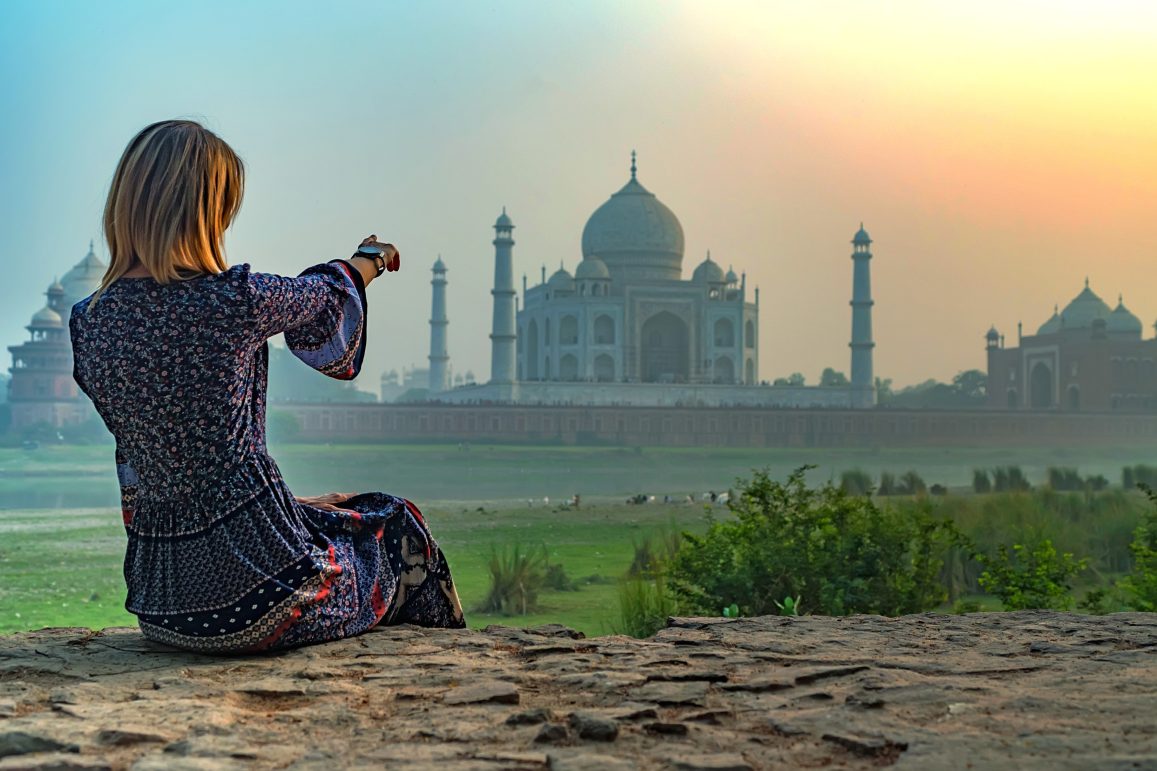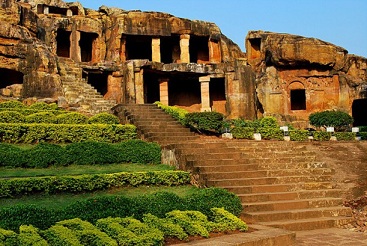India, a land steeped in history, culture, and natural beauty, has always been a popular tourist destination. However, the global pandemic dealt a significant blow to the country’s tourism industry. As the world gradually recovers from the effects of COVID-19, India is witnessing a gradual resurgence in foreign tourist arrivals.
A Modest Recovery
In the first half of 2024, India recorded a modest increase in foreign tourist arrivals (FTAs) compared to the previous year. While the numbers are still below pre-pandemic levels, they signify a positive trend. The increase is attributed to several factors, including relaxed travel restrictions, increased vaccination rates, and the growing allure of India as a diverse and culturally rich destination.
Challenges and Opportunities
Despite the encouraging signs, India’s tourism sector faces several challenges that hinder its full recovery. One of the major obstacles is the intense competition from neighboring countries, such as Thailand, Vietnam, and Sri Lanka. These countries offer competitive pricing, attractive visa policies, and well-developed tourist infrastructure, making them appealing alternatives for international travelers.
Another challenge is India’s infrastructure. While the country has made significant strides in recent years, there is still room for improvement in terms of cleanliness, transportation, and tourist facilities. Addressing these issues is essential to create a more welcoming and enjoyable experience for visitors.
However, India also possesses unique selling points that can attract tourists. Its rich cultural heritage, diverse landscapes, and spiritual significance offer a truly immersive experience. By leveraging these strengths and addressing the challenges, India can position itself as a must-visit destination for travelers seeking adventure, relaxation, and cultural immersion.
Impact of COVID-19 on Indian Tourism: The pandemic had a devastating impact on India’s tourism industry, leading to job losses, business closures, and a significant decline in foreign tourist arrivals. However, the sector has shown resilience and is gradually recovering.
Regional Variations: The recovery of India’s tourism sector varies across different regions. Some states, such as Kerala and Rajasthan, have experienced a stronger rebound due to their unique attractions and effective marketing strategies.
Role of Technology: Technology has played a crucial role in supporting the recovery of India’s tourism sector. Online booking platforms, digital marketing, and virtual tours have helped to promote the country as a destination and facilitate travel arrangements.
Challenges and Opportunities in Rural Tourism: Rural tourism has emerged as a promising segment of India’s tourism industry. However, it faces challenges such as lack of infrastructure and limited connectivity. Addressing these issues can help to unlock the potential of rural tourism and provide livelihood opportunities for local communities.
Future Outlook: The future of India’s tourism sector looks promising. With continued efforts to improve infrastructure, promote the country’s unique attractions, and implement sustainable practices, India can attract a growing number of international visitors and contribute to its economic development.
The Role of Domestic Tourism
While foreign tourist arrivals are crucial for India’s economy, domestic tourism has also played a significant role in supporting the recovery of the sector. The Indian government has actively promoted domestic travel, encouraging citizens to explore their own country. This has helped to boost local economies and provide a lifeline to the tourism industry during the pandemic.
The Path Ahead
To further revitalize its tourism sector, India needs to focus on several key areas:
- Infrastructure Development: Investing in infrastructure improvements, such as better roads, transportation facilities, and accommodation options, will enhance the overall tourist experience.
- Marketing and Promotion: Effective marketing campaigns can help to increase awareness of India’s unique attractions and create a positive image among international travelers.
- Visa Simplification: Streamlining visa processes and offering more flexible options can encourage more foreign tourists to visit India.
- Sustainable Tourism: Promoting sustainable tourism practices can help to preserve India’s natural and cultural heritage for future generations.
Conclusion
India’s tourism sector is on the road to recovery, but there is still work to be done. By addressing the challenges and capitalizing on its unique strengths, India can emerge as a leading tourist destination, attracting visitors from around the world. A thriving tourism industry can contribute significantly to the country’s economic growth and cultural exchange.



Comments are closed